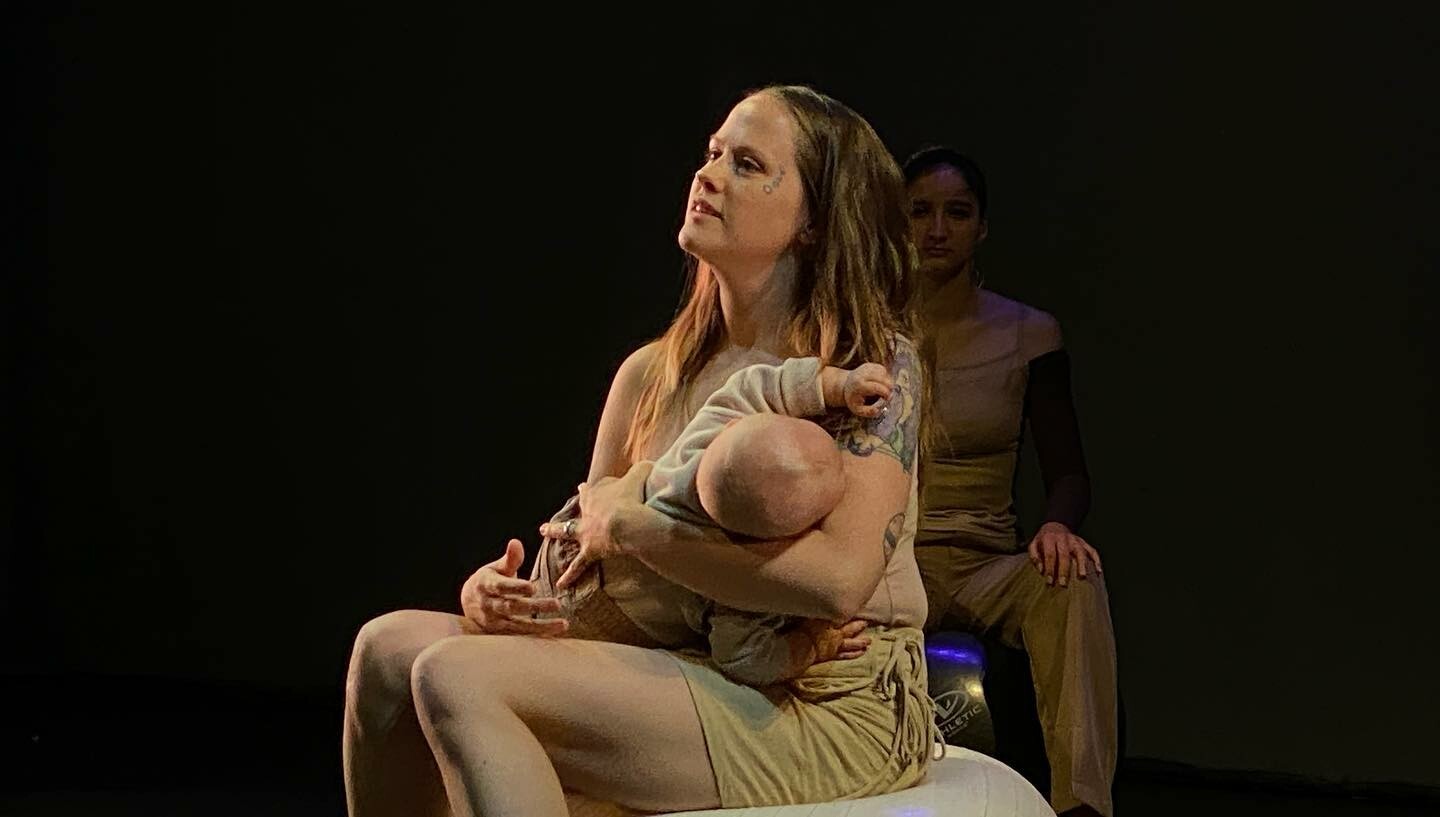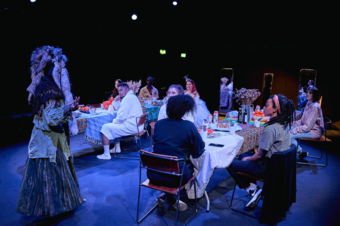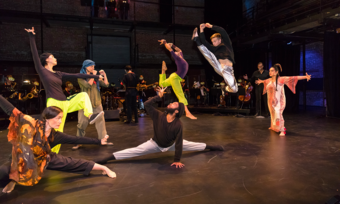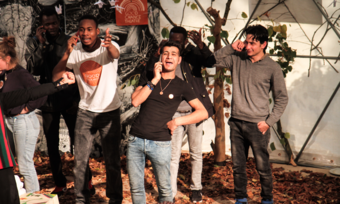In war, the “front” generally refers to a physical space: the frontlines where the battle is being fought. But what if culture becomes collateral damage? Or even worse, what if the attacks aim directly at a cultural target?
In the case of Ukraine, culture has been under pressure for nearly one hundred years. After the Ukrainian Soviet Socialist Republic joined the Soviet Union in 1922, a Soviet initiative called Ukrainization encouraged the use of the Ukrainian language and sparked a cultural renaissance in Ukraine. The capital moved from Kyiv to Kharkiv and Slovo Building, a common living building for artists and intellectuals, was built there in 1929. The building had many high-class amenities, including telephones, a solarium, and a kindergarten. However, in the early 1930s, the soviets began a new initiative, russification, ultimately forbidding Ukrainian language and the promotion of a unique, independent Ukrainian culture. Between 1933 and 1941, almost all Ukrainian artists and intellectuals were executed, most of whom tenants in Slovo Building, as they were considered a threat to the Soviet regime.
Now, in the Ukrainian-russian War, not only lives are at stake but also the past, present, and future of Ukrainian culture. After the full-scale invasion on 24 February, 2022, Slovo. Theater Group was founded as a means of promoting Ukrainian culture abroad and stimulating dialogue between Ukrainians and Americans. We are exploring how theatre can be a tool to fight against cultural oppression by putting the oppressed culture in the spotlight and creating documentary materials to help that culture persevere.
Slovo. Theater Group
In late 2020, I applied for a new artistic residency called Residency Slovo, which works to revive the cultural center of Kharkiv, Ukraine. The residency would take place in one apartment in Slovo Building, which still stands one-hundred years later as a residential building. Most people living in the historic Slovo Building today have no idea about the important role it played in Ukrainian cultural history. For this reason, I chose to highlight one of the former tenants of Slovo Building, Mykola Khyvylovy, in my residency proposal. Khyvylovy died by suicide in his apartment on 13 May 1933 as a protest against the first arrest of a fellow colleague Mykhailo Yalovy, which he saw as the coming storm.
The invasion stalled momentum significantly, and those who supported the project searched for ways and means just to keep it alive.
I planned to draw parallels between Khyvylovy’s 1924 short story “I Am (a Romantic)” and modern-day Ukrainian-russian relations in eastern Ukraine. Khyvylovy was a communist, but an idealist. In the story, the main character, “I,” must decide whether to execute his own mother to protect his idea of a commune beyond the hills. However, the commune is falling apart, and I knows it. Yet he decides to kill his mother anyway. In doing so, he chooses nation over mother. What happens when man must choose between motherland and mother?
On 1 February 2022, our daughter Lili Maritchka Dégez—named for my Ukrainian- speaking great-grandmother, Marie Osadchuk—was born. As my proposed residency topics were “motherland” and “maternity,” Lili was scheduled to join me in September in Kharkiv. On 24 February, we watched from our post-partum nest in Guyancourt, France as russian forces invaded Ukraine. It became clear over the next few weeks that an artistic residency in Kharkiv would no longer be possible this year.
After 24 February, most members of the Residency Slovo team left Kharkiv for safer ground. Both apartments belonging to Residency Slovo—Slovo Building and Yurii Shevelov’s apartment—were damaged by missiles in the first few months of attacks. As an artistic residency that was still in its infancy, Residency Slovo stood in a particularly vulnerable position: the invasion stalled momentum significantly, and those who supported the project searched for ways and means just to keep it alive.
The idea behind the Slovo. Theater Group project began as a desire to support both the important work of Residency Slovo and Ukrainian actors from eastern Ukraine during the war. Slovo is Ukrainian for “word.” We added a period to our name as affirmation of the power of words, a power which clearly threatened the Soviet regime a century ago but which they could not successfully exterminate.











Comments
The article is just the start of the conversation—we want to know what you think about this subject, too! HowlRound is a space for knowledge-sharing, and we welcome spirited, thoughtful, and on-topic dialogue. Find our full comments policy here
Saw a workshop of Mothermotherland at City of Asylum in PGH. It's fantastic-- see it if you possibly can .